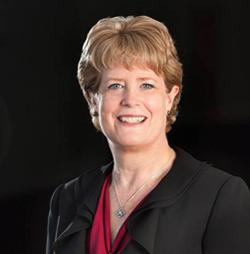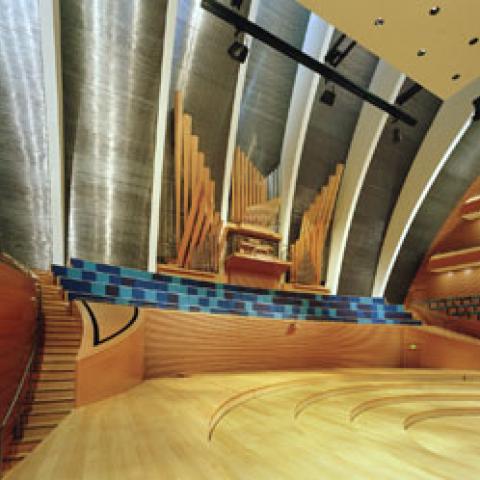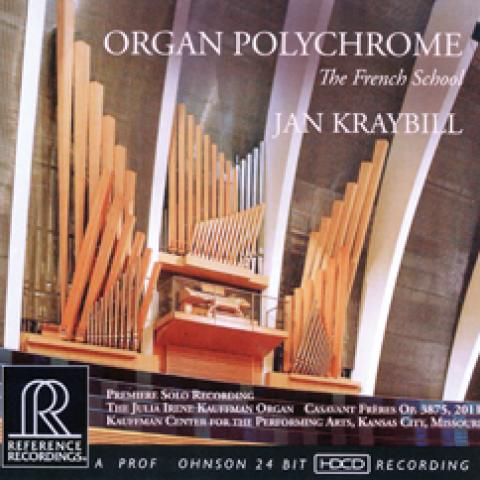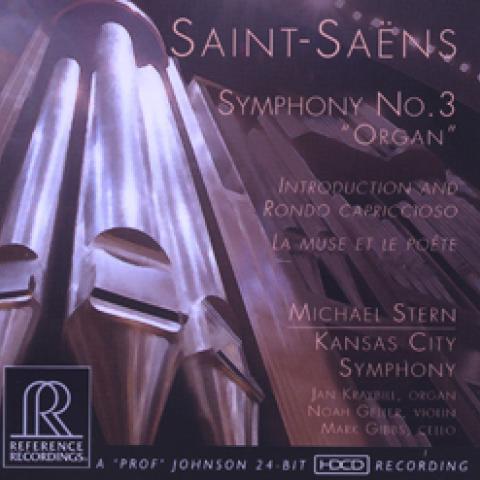My dad led a big, bold, beautiful life.
So Peter Obetz said as he eulogized his father, John Obetz—organist, teacher, mentor, family man, and friend to so many, who passed from this life on February 12, 2015, at the age of 81.
John Wesley Obetz was born in Reading, Pennsylvania, to Samuel and Hazel Obetz; he and his siblings were raised in the Chicago area. Samuel was a pastor, and John’s early experiences as a musician were in his father’s church. John went on to earn bachelor’s and master’s degrees from Northwestern University and a doctorate in sacred music in 1962 from Union Theological Seminary in New York City, studying organ with Vernon de Tar. He augmented his studies with trips to France for lessons with Marie-Claire Alain, and to the Netherlands to participate in the International Academy for Organists in Haarlem.
Dr. Obetz began his teaching career at Albion College in Michigan (1962–67) before being recruited to become principal organist at the headquarters of the Reorganized Church of Jesus Christ of Latter Day Saints (RLDS, now known as Community of Christ) in Independence, Missouri. He served in this position from 1967 until his retirement in 1998. His playing and commentary, featured weekly on The Auditorium Organ radio program and broadcast nationwide for 26 years from 1967 to 1993, brought organ music to millions of listeners across the country and made him one of the United States’ best-known organists. Even today, fans continue to make pilgrimages to the Auditorium’s Aeolian-Skinner (IV/113, 1959), and they share fond memories from their formative years as musicians, when they heard John on the radio playing the familiar measures of J.S. Bach’s G-minor Fantasy, which announced the beginning of the program, and the joyful closing theme, Bach’s chorale on Nun freut euch, lieben Christen g’mein.
In 1993 a second magnificent organ was installed at Community of Christ headquarters, much due to Obetz’s influence: the Casavant Opus 3700 (IV/102) in the dramatic architecture and generous acoustic of the church’s new Temple, located across the street from the Auditorium. At this organ’s tenth anniversary celebration, John said, “We knew that the organ for this room had to be just as effective and be a complement to the Auditorium organ, but speak with a different personality.” John played the inaugural recital for this instrument and recorded two discs there, adding to the collection of numerous LPs and CDs produced during his tenure at the church.
Throughout his career John Obetz performed extensively in the United States, Canada, and Europe, including such venues as Westminster Abbey in London, the Duomo in Florence, the Kennedy Center in Washington, D.C., and many more. A champion of contemporary music, he commissioned and/or premiered works by Ned Rorem, Morton Feldman, Gerald Kemner, and others.
John Obetz also served as an adjunct associate professor of organ for over thirty years, beginning in 1970, at the University of Missouri-Kansas City’s Conservatory of Music and Dance, guiding its students as well as other musicians in the Kansas City area and beyond, fellow members of the American Guild of Organists, and his own grandchildren to learn and appreciate excellence in music-making of all kinds. He retired from the conservatory in 2005. Said his son Peter:
He loved teaching and more than anything, the thing that struck me this last couple of months has been the amazing appreciation expressed by so many students: heartfelt statements of thanks for believing in them, supporting them, and coaching them to play pieces they never thought they could play, and helping shape them into the musicians they are now. The world continues to hear beautiful music that bears his influence.
An ardent and active member of the American Guild of Organists, Dr. Obetz served on its national council for nineteen years, chairing several committees and accepting many volunteer and elected roles, including chapter dean, regional chair, and national treasurer. The AGO honored him in its fourth annual gala event in 2007, featuring performances by John and others at both of Community of Christ’s organs. The AGO’s online announcement of his death said, “His inspired leadership, profound wisdom, sage advice, charismatic charm, and keen sense of humor will long be remembered by the Guild.” As his son noted:
His death came only two months after a suspicious CT scan in mid-December. His cancer was aggressive and efficient in attacking its host. Fortunately his was not a long, drawn-out death. . . . He had 81 great years, a beautiful marriage of 61 years, a career that he loved and an ability to have influence on so many. His life was filled with loving, teaching, traveling and, as we all know, a lot of laughter.
In the last week of his life, John designed his own memorial service, held at his home parish, Grace and Holy Trinity Cathedral in Kansas City, on March 12, 2015. Peter Obetz explains:
He asked that I call certain of his students and break the bad news to them but also ask if they would be willing to come to Kansas City and play at his memorial service. . . . He selected which pieces he wanted them to play and being the teacher he was, up until the end he even had me pass along specific tips, such as don’t rush the third section of the Bach Fugue in E-flat. It is not meant to be played fast. Just let it breathe.
Musicians participating in the service were organists Thomas Brown (Chapel Hill, North Carolina), Jan Kraybill (Kansas City), Larry Stratemeyer (Charlotte, North Carolina), and Barry Wenger (Chicago); members of the choirs of Grace and Holy Trinity Cathedral and St. John’s United Methodist Church, conducted by John Schaefer; and Joyce Steeby, soprano soloist, who sang The Lamb, composed by John Obetz for his son Peter’s baptism. The congregational singing of the many hymns included in the service was glorious.
Not only musicians, but the very instruments on which we play, form part of John Obetz’s rich legacy. The long list of organs for which he served as consultant or primary influence is a testament to his enthusiasm for the future of our art. His most recent and very significant contribution in this regard was as chair of the EPOCH (Experiencing Pipe Organs in Concert Halls) Committee, which worked together for over twenty years to ensure that Kansas City’s new concert hall, Helzberg Hall at the Kauffman Center for the Performing Arts, would be home to a grand pipe organ. The committee selected James David Christie as the project’s organ consultant, and the result is Casavant Opus 3875 (IV/102, 2012).
Even in his eighties, John continued to be an active and essential contributor to a vibrant future for the organ world. At the time of his death he was serving on the campaign council for the Dome and Spire Organ Foundation, an affiliate organization of Community of Christ, and he was a member of the program committee for the AGO national convention to be held in Kansas City in 2018. He continued to support—through enthusiastic attendance, notes of encouragement, creative ideas, and financial contributions—a wide variety of events, individuals, and organizations in the vibrant artistic culture he had helped to form.
John Obetz is survived by his wife Grace, who for their 61 years of marriage “was his #1 fan and he was hers,” according to their son Peter. Others mourning the loss of their beloved family member are Peter’s wife Christy and daughters Taylor and Riley, John’s brother Wendell and his wife Betty, sister Janet Hofmeister, and many nieces and nephews and extended family. These close family ties were augmented by a “Kansas City family,” a network of dear friends who celebrated holidays and joined family vacations, including treasured time spent in Florida each winter.
Peter closed his eulogy on March 12 in this way:
We should take peace and find joy that he lives on in so many ways, through all of us here and through his vast influence on many who cannot be here. Just as the acoustics of a beautiful cathedral allow notes to reverberate and roll on, he still reverberates. He has played his last notes, but he lives on as a reverberation that all of us can enjoy and marvel at. I ask you to keep your hearts and minds open and to look for him as he lives on. Let him continue to perform, teach and love all of us. He is not gone, he just takes on another form. Listen for his reverberation. Bravo, Dad, bravo!
John Obetz directed that those wishing to make memorial gifts may do so in support of the Music Guild at Grace and Holy Trinity Cathedral, P.O. Box 412048, Kansas City, MO 64141, or the Dome and Spire Organ Foundation, 1001 W. Walnut St., Independence, MO 64050, which is dedicated to the care of and programming for the Auditorium and Temple organs at Community of Christ headquarters.
May he rest in peace. Bravo.







